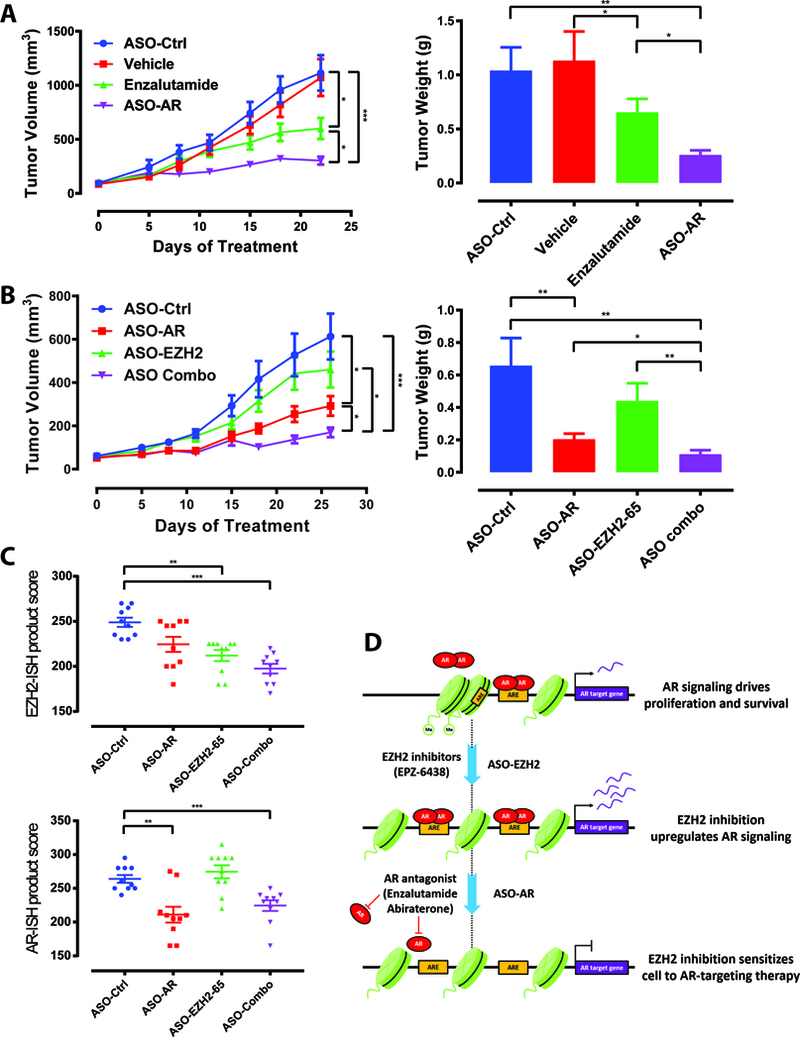Figure 4. ASOs targeting AR and EZH2 additively inhibit prostate cancer xenograft growth.

A. Tumor volume time course for subcutaneous C4–2B xenografts in CB17SCID mice. Treatment with vehicle, ASO-Ctrl, ASO-AR, or enzalutamide started at tumor volume 50–100 mm3. Tumor weights from respective treatment groups at day 21 were also determined. N=10 mice in all treatment groups for each panel.
B. Tumor volume time course for subcutaneous C4–2B xenografts in CB17SCID mice. Treatment with ASO-Ctrl, ASO-AR, ASO-EZH2–65, or combination of ASO-AR and ASO-EZH2–65 started at tumor volume 50–100 mm3. Tumor weights from respective treatment groups at the termination of the study are also graphed.
C. EZH2 and AR expression (ISH product score) in indicated xenograft samples.
D. Schematic depicting proposed mechanism of EZH2 inhibition-mediated sensitization of prostate cancer cells to AR-targeted therapies. EZH2 inhibition increases activation of the AR signaling pathway, increasing their dependence on AR through reprogramming of the AR cistrome. In this setting, effectiveness of AR antagonists (e.g. enzalutamide) and ASO-AR are enhanced.
The experiment was conducted in data shown ± s.e.m. *, P < 0.05, **, P< 0.01, ***, P < 0.001.
